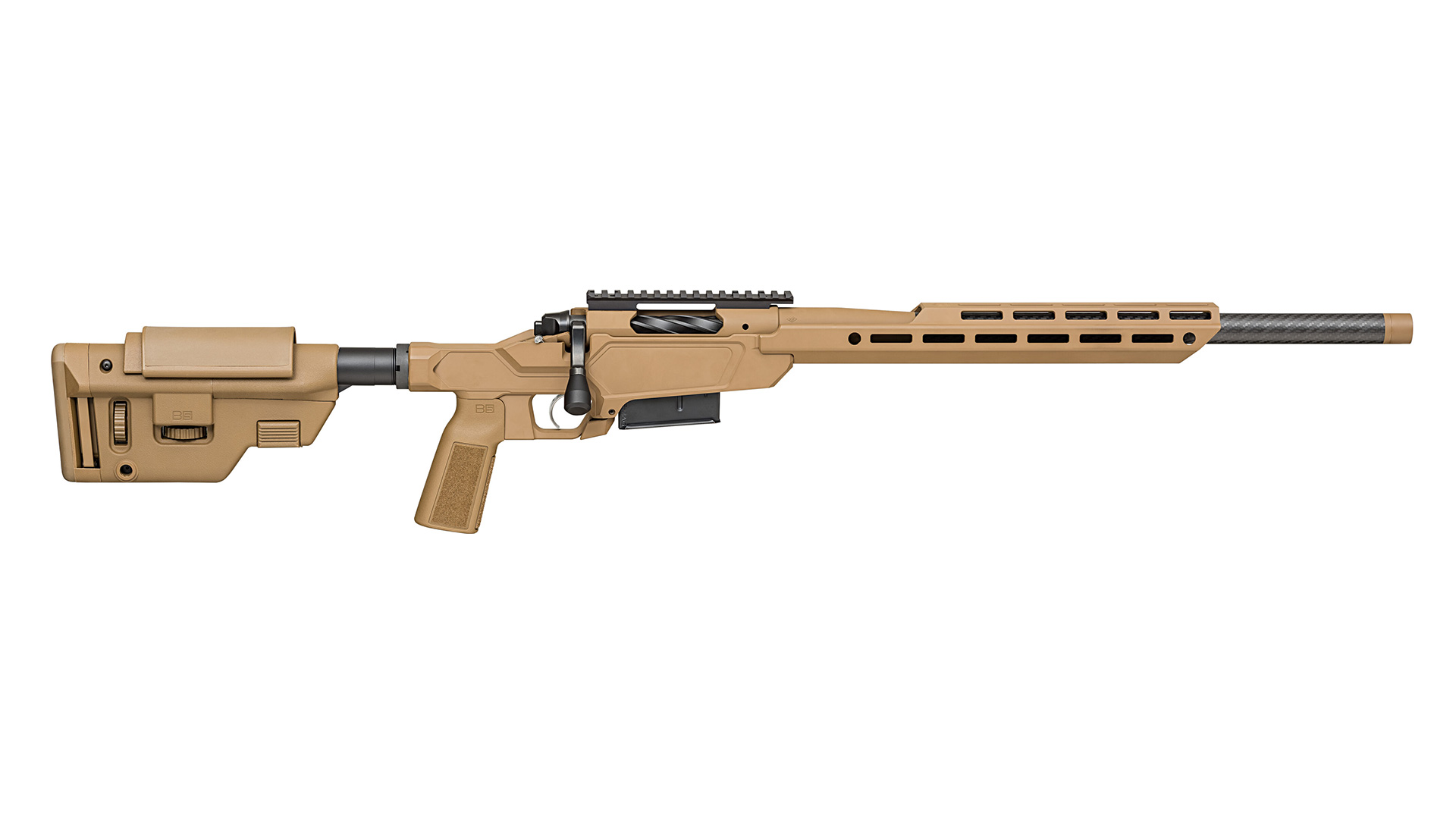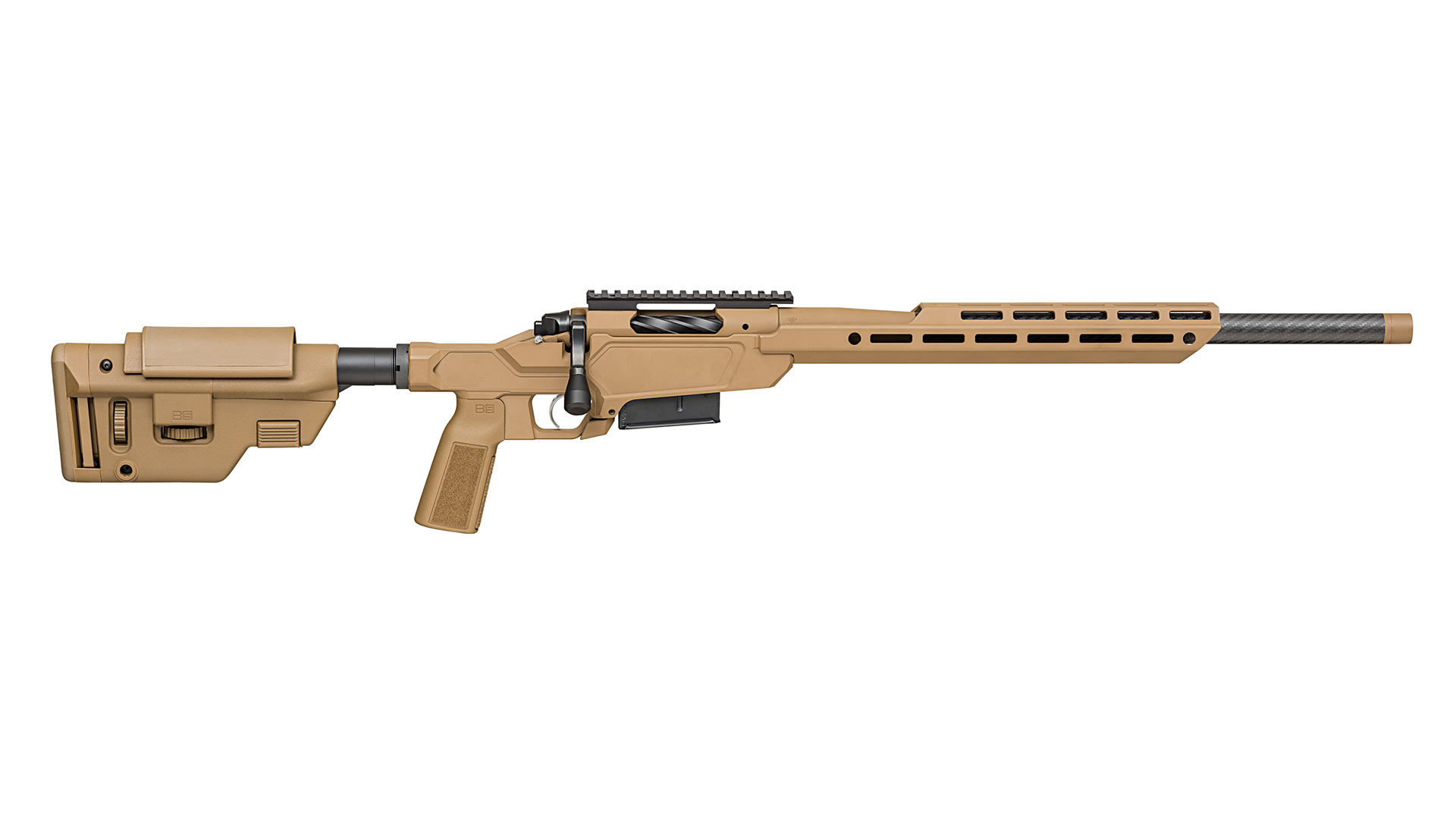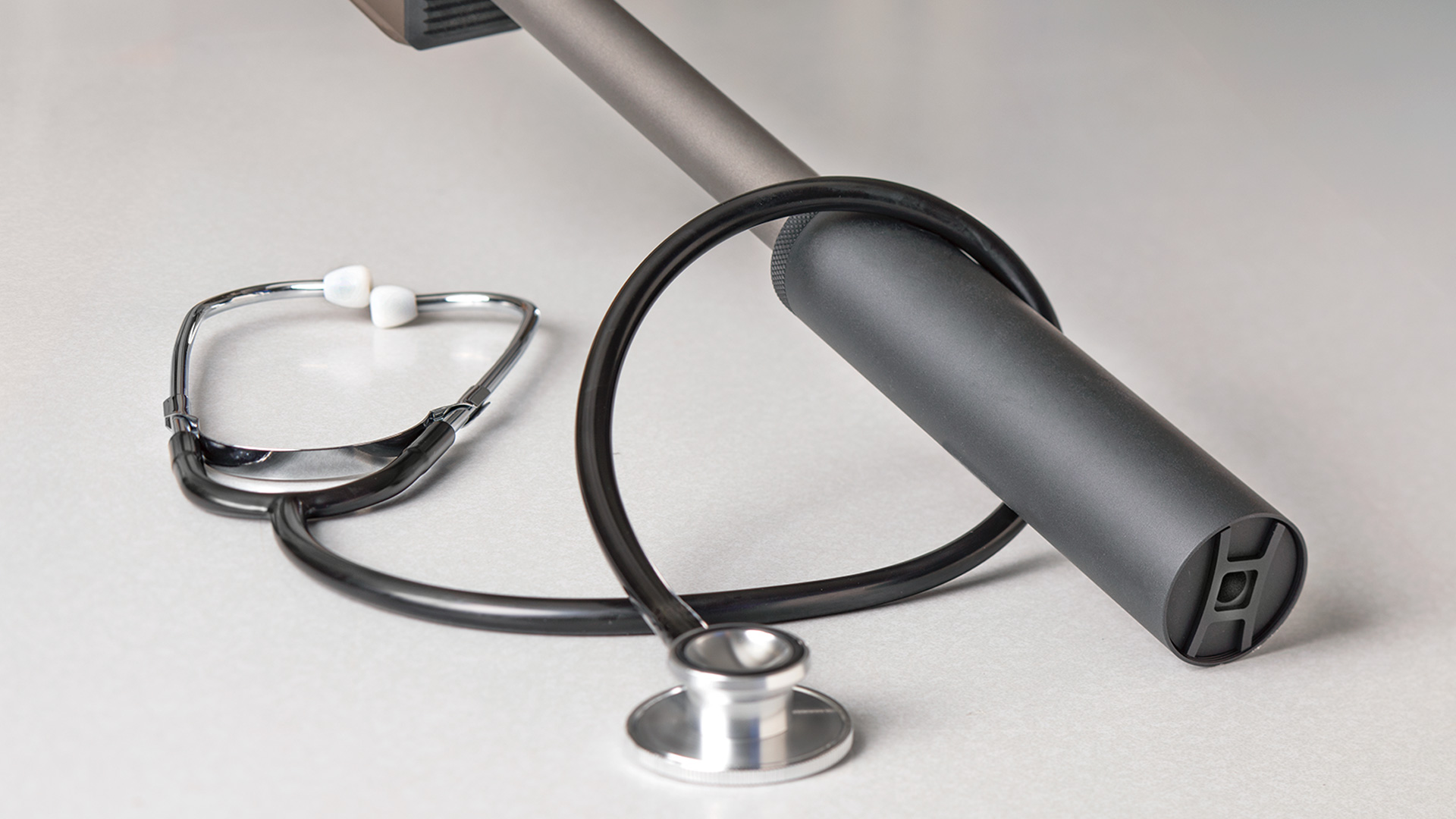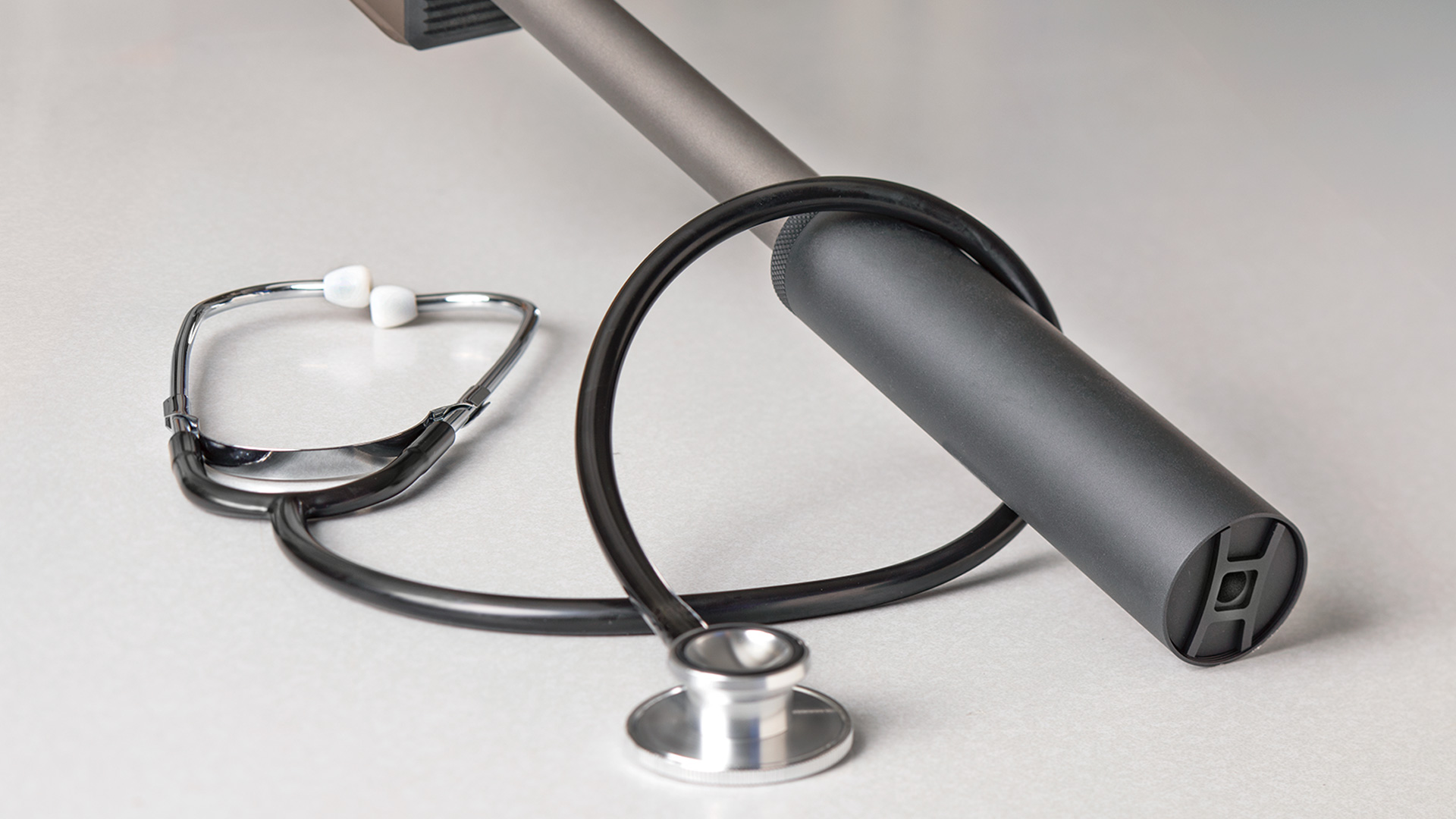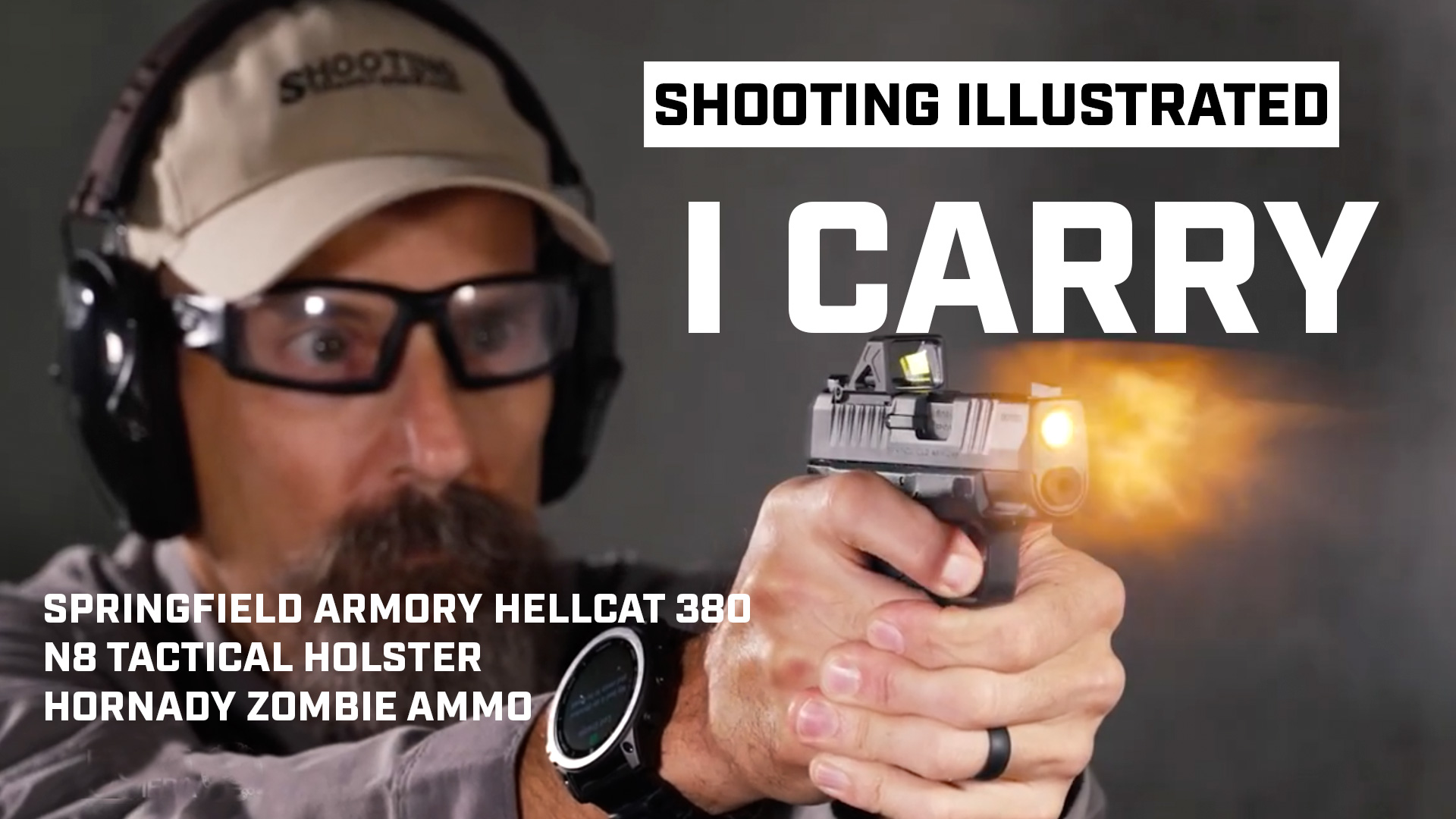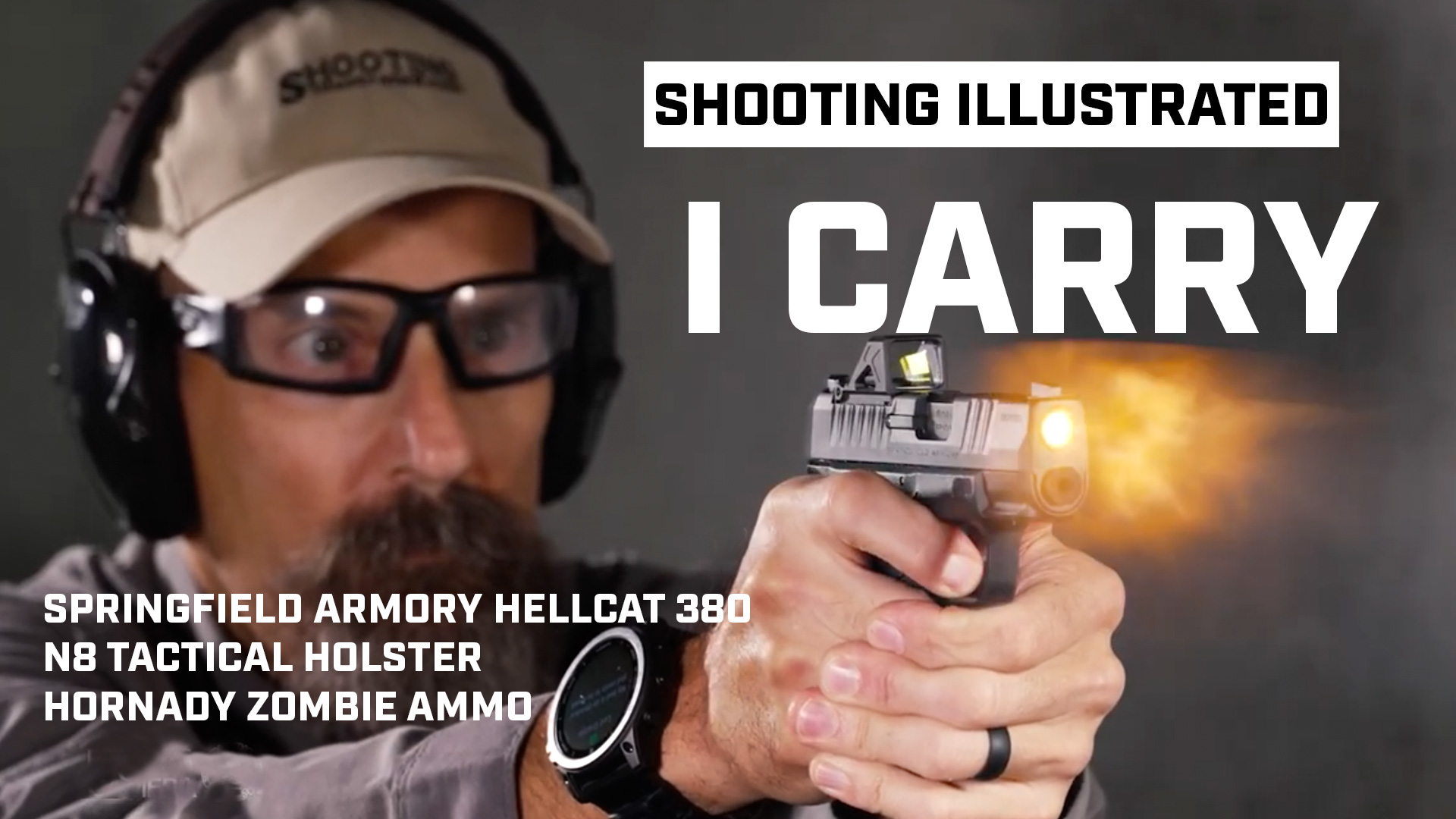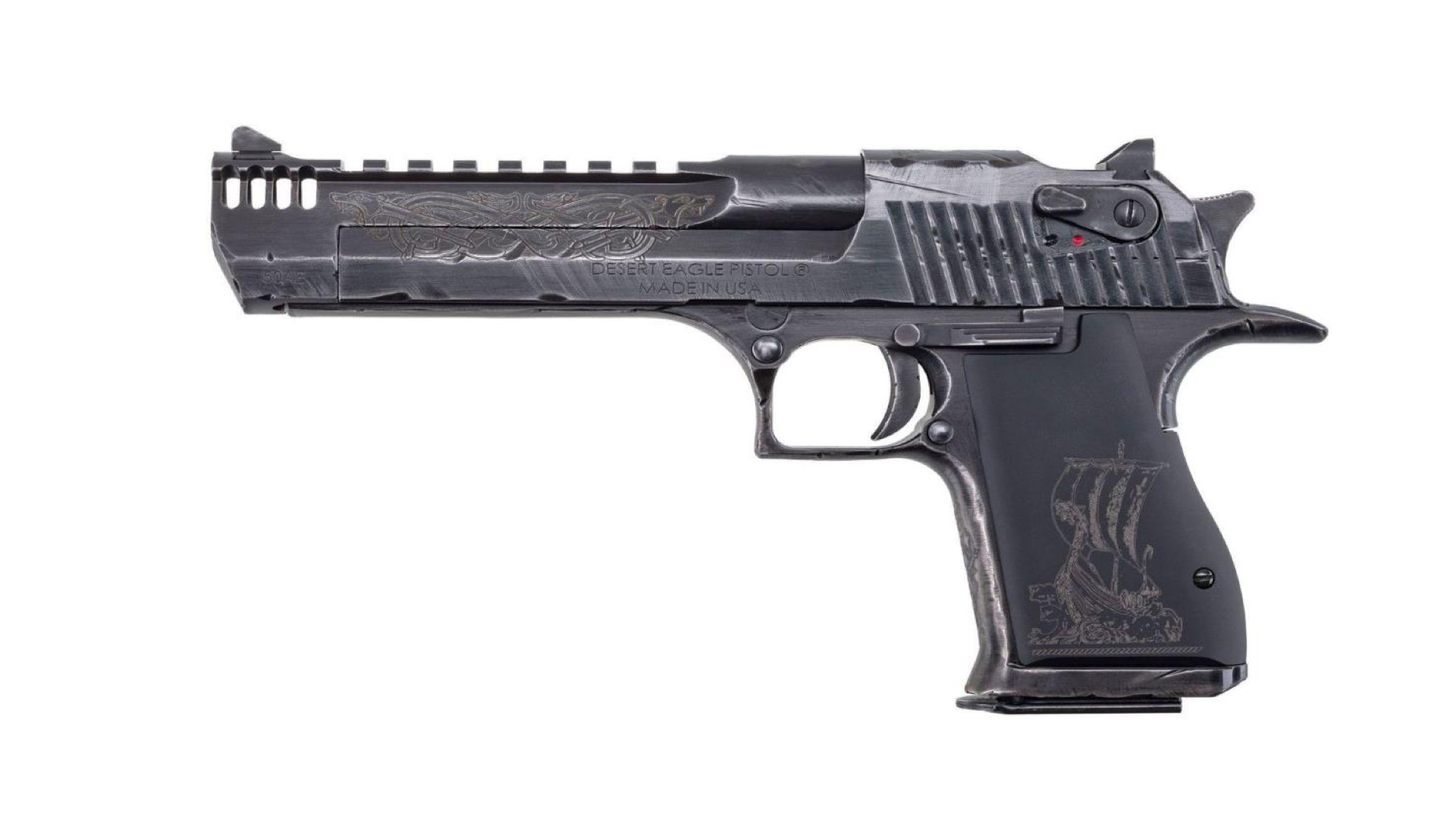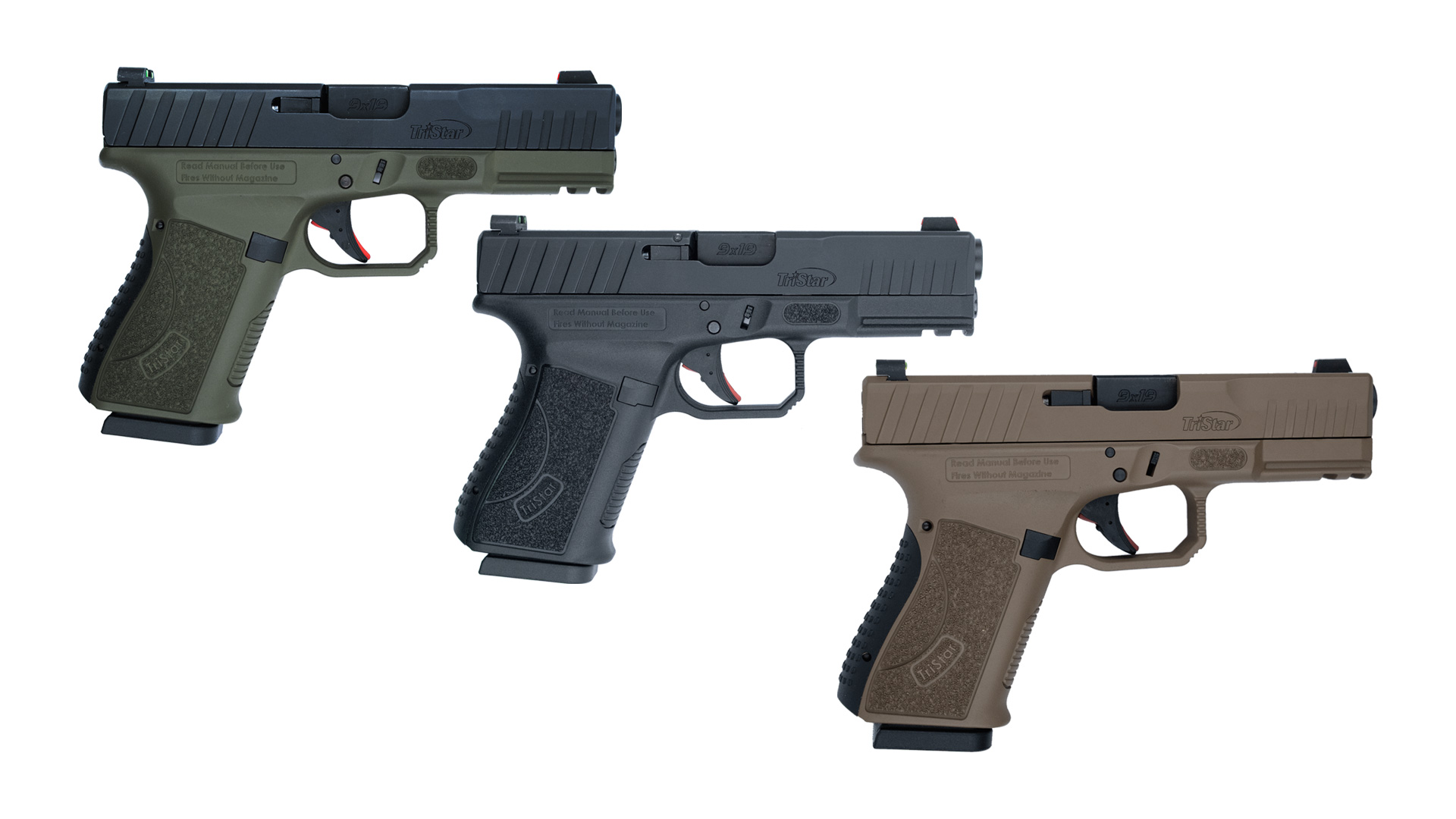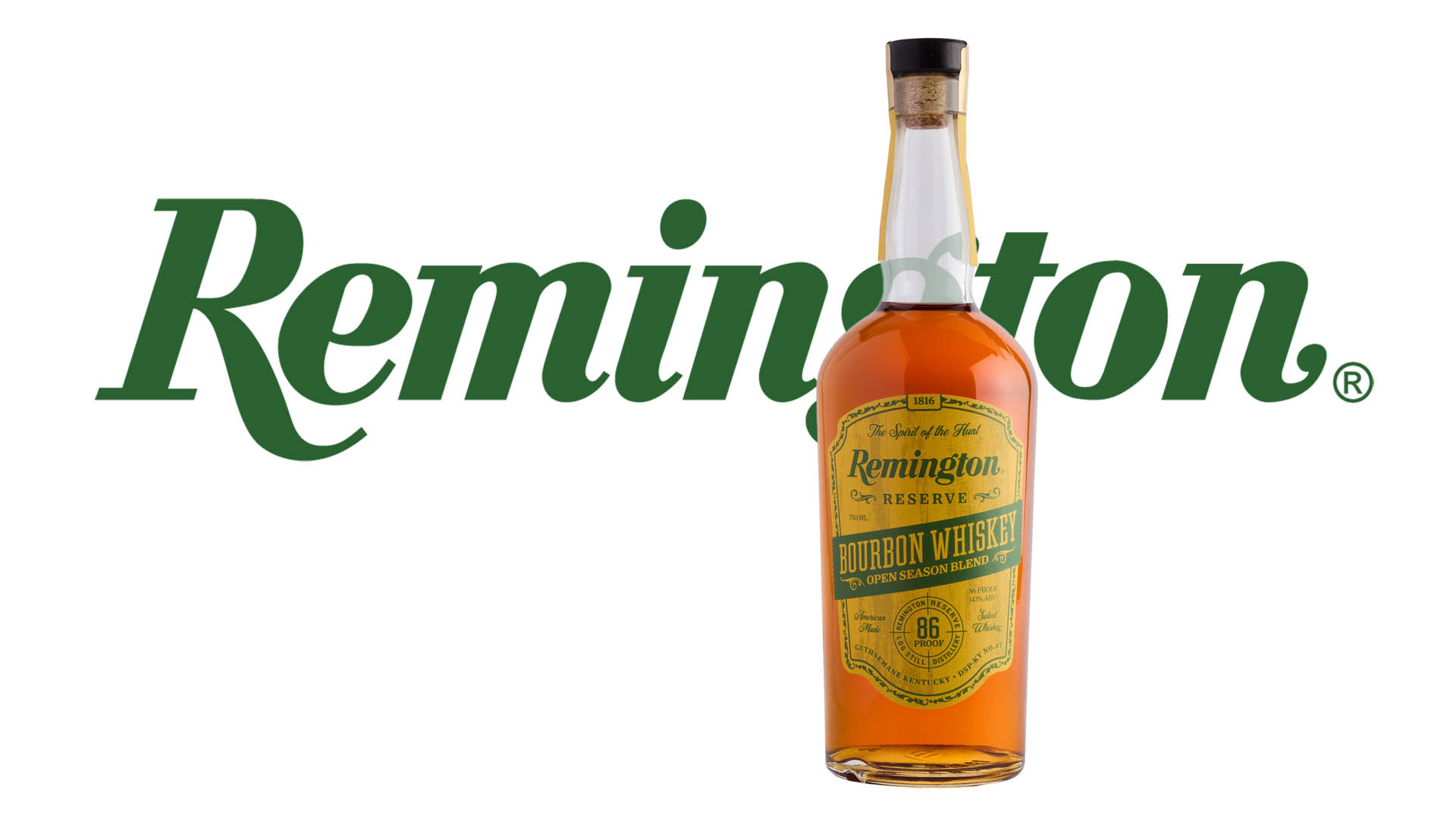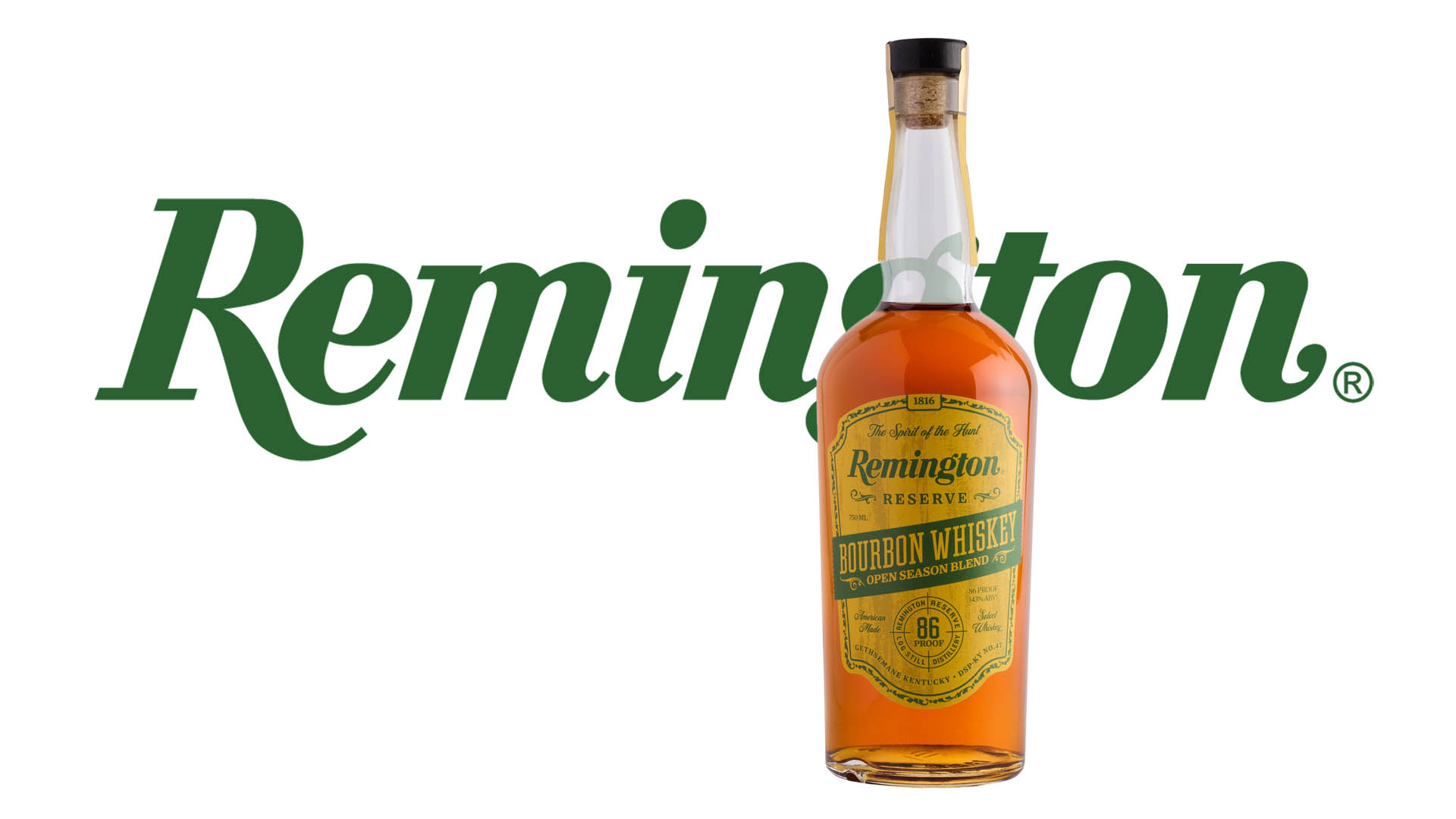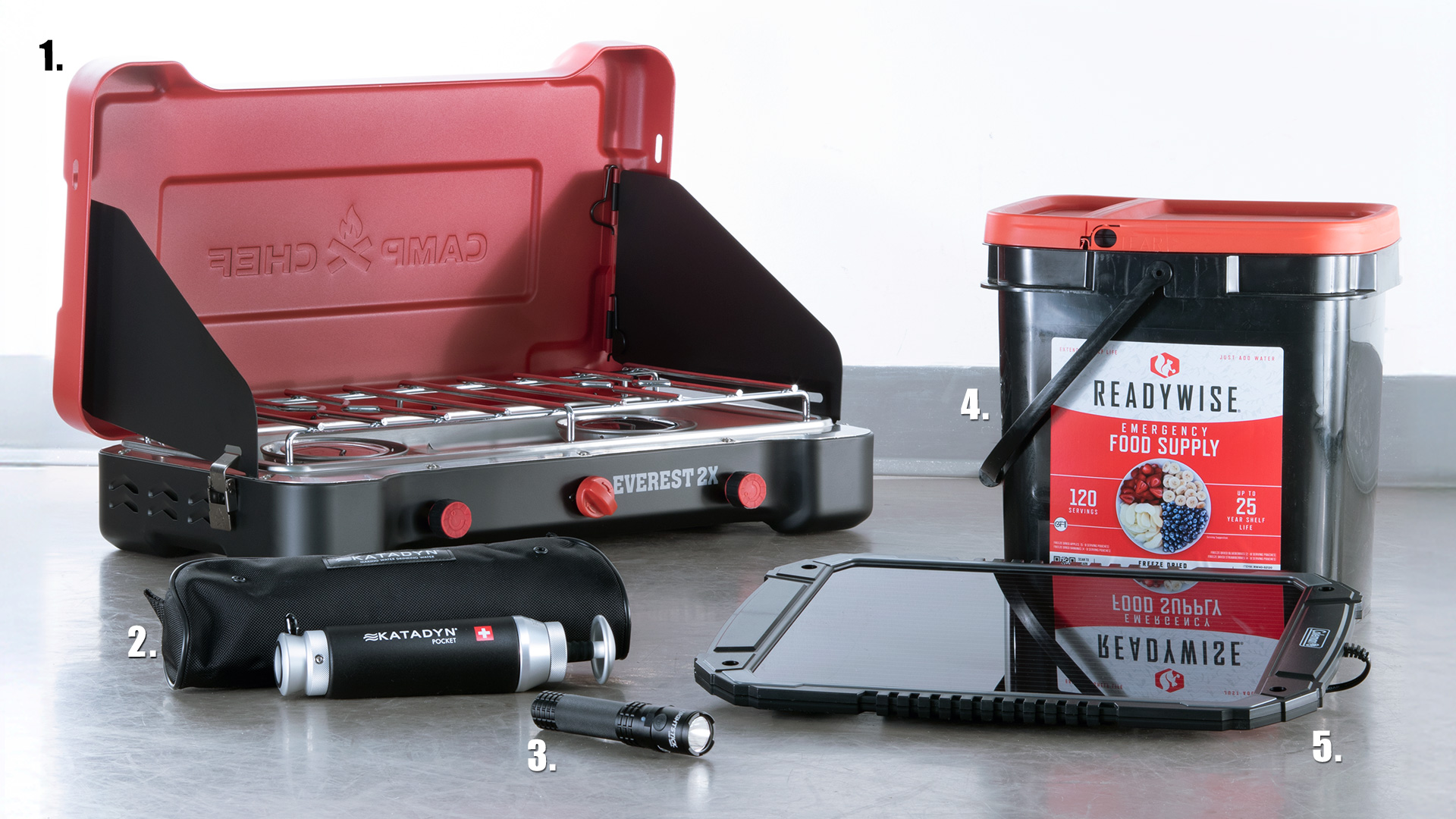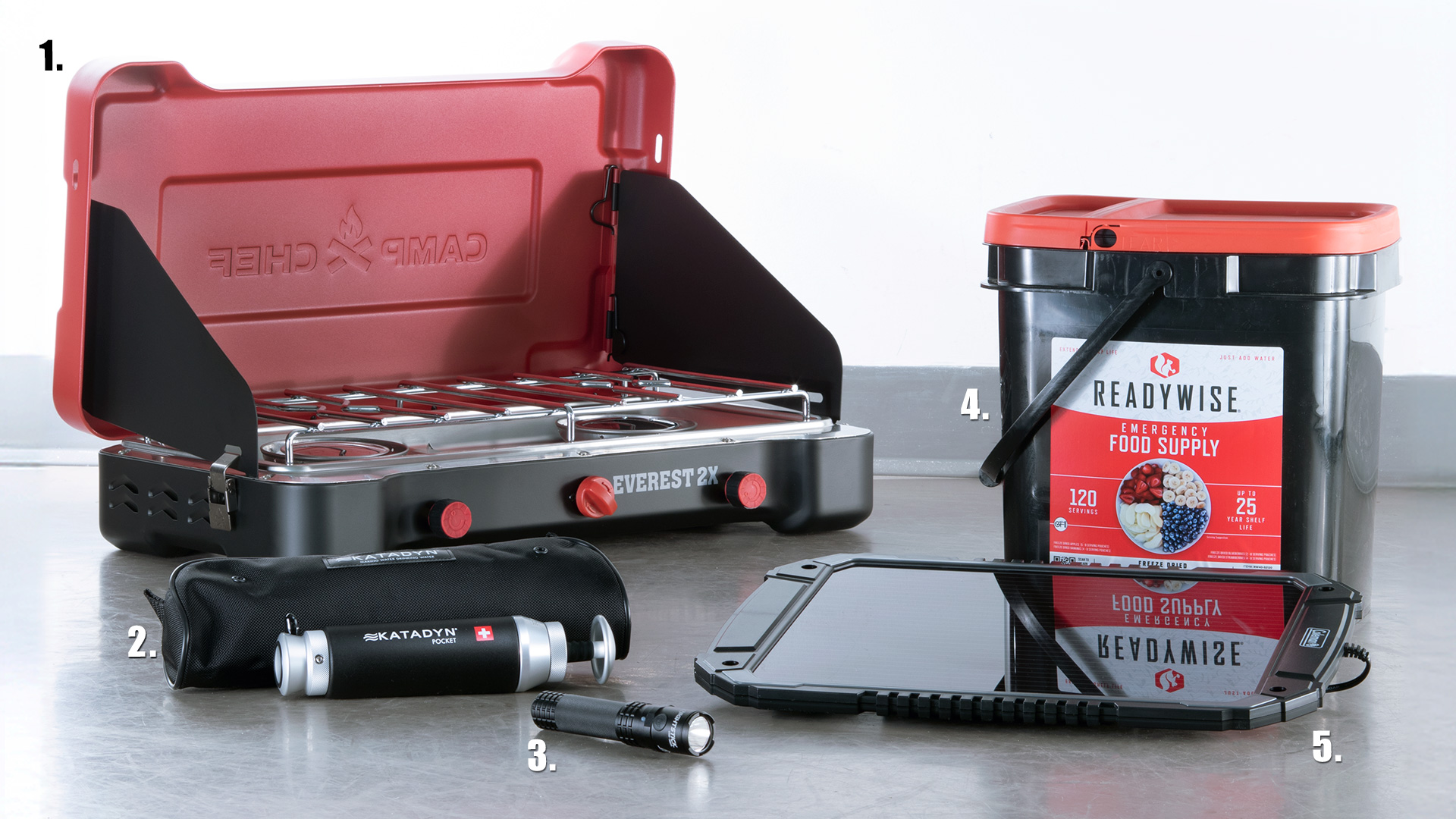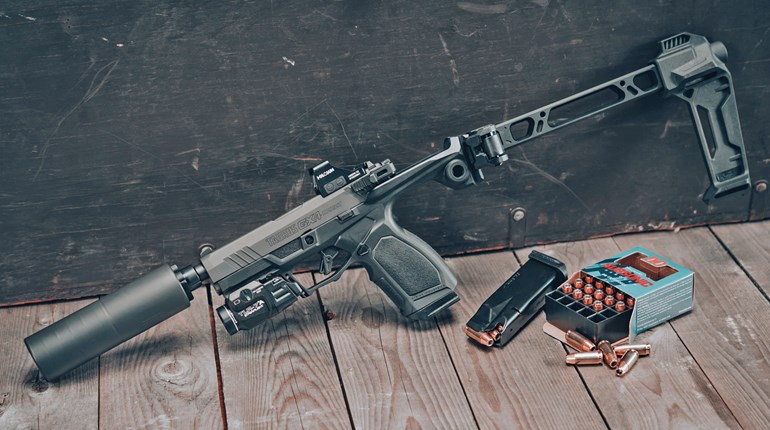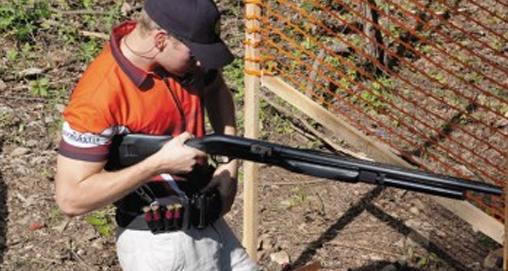
Competitive shooting drives innovation in both hardware and software. Not only do new types of guns and gear get developed and honed, but also the philosophy of shooting itself. However, this is a very circular dynamic, with law enforcement and military demands both dictating and shaping that flow of ideas.
In terms of fighting with a rifle or pistol, it's hard to know where some of these techniques really began. In fact, IPSC was formed, at least in part, by Col. Jeff Cooper. As a Marine, even he was firmly embedded in both camps. With units like the USAMU and top law enforcement competitors in the mix today, the flow of information becomes even more convoluted.
In terms of loading a shotgun, however, there really is no question at all. The dominant technique in the sport of 3-gun is the weak-hand reload, and the father of that style is unquestionably Kurt Miller. A Marine himself, Miller took lessons from Gunsite—where instructors were teaching defensive loading of one shotshell at a time while keeping the gun in the shoulder—and turned it into the winning formula for 3-gun. As Miller started winning major 3-gun matches across the country, the technique slowly began to dominate the sport.
As the sport evolved, match directors began placing more emphasis on the shotgun, with 25- to 35-round shotgun stages common at major 3-gun matches. Miller's perfection of the weak-hand reload has evolved into the most dominant loading style in the sport, with shotgun loading being the skill that often separates winners and losers at major matches.
"Weak-hand loading is the most versatile and in most cases fastest method of loading the shotgun," Miller said. "It can be done with equal speed from any position—from prone, kneeling, sitting, standing and on a dead run. It lets me see where I am going and all the area around the gun instead of staring at an upside down shotgun port. Like fighter jocks say, it's good to be 'outside.'"
But the weak-hand reload's virtues are not relegated merely to competition. The ability to use peripheral vision—to maintain situational awareness as one searches for and identifies a threat—makes the weak-hand reload ideal for law enforcement professionals as well.
"Weak-hand loading in the LE environment is a life-support skill, because at any time during the loading process the gun can be indexed and fired with the shooting shoulder and hand, while they are reaching for shells or finishing up a basic reload," Miller said. "It keeps the weapon toward the threat and the vision is directed downrange, not at a flipped-over shotgun port. All of these things are critical in an 'interpersonal short-range conflict resolution.'"
However, the role of the shotgun in most law enforcement doctrine prevents the use of shotshell caddies like those used by Miller and other 3-gunners. Moreover, for both law enforcement and home-defense use, the problem most often will have to be solved with the amount of rounds that are in or carried on the gun.
"For most patrol LE and home-defense situations, we are not going to have a shell carrier on us, and the use of a side saddle or a butt cuff will be the norm," Miller said. "It is here that it is good to have a different loading style. A strong-hand method will probably be better for most personnel, although with a good elastic-loop shell carrier like the one made by Otto Made It Products, you can do some good weak-hand loading from a side saddle. But in general, side saddles will drop out the shells you need under recoil."
For most military line units and standard patrol officers, it is harder to introduce high-speed gear and technique into their everyday jobs. But for the true high-speed operator, that's another matter entirely. For example, when the military switched from the M1911A1 to the Beretta M9, special units such as MEUSOC Marines, retained Old Slabsides.
"I do feel that for SWAT/SET/HRT operations, any operator who carries a shotgun, other than for door breaching, should have at least one shell caddie and know how to weak-hand load," Miller said.
There are even a few military occupational specialties that still require the use of a shotgun as a primary weapon. "In the military, if it is your T.O. [tactical operations] weapon, shell caddies and weak-hand loading should be taught," Miller said. "It is just too versatile and fast not to be included in the training. Although the military use of a shotgun usually is to shoot off two hinges and then drop the gun and run over it, some of the F.A.S.T. guys and embassy folks should take note."
Reload Like a Pro
1.The Grab: Using the middle finger to index and reach down the caddie closest to the weak side—toward brass. The middle finger leads under the lowest shell grabbed (this could be beneath shell three or four in a six-round caddie), while the thumb wraps around the top shell. Slide the middle finger up along the side of the caddie on the pull, stacking all shells in the hand.
2.Shell Retention: Allow the pinkie and ring finger to curl below the rims of shells, preventing them from slipping out the bottom. Your remaining fingers control the shells.
3. The Load: Angle the shells into the gun—don't try to load with the shells flat. Keep the loading thumb in contact with the lifter, otherwise you have to establish critical index again.
